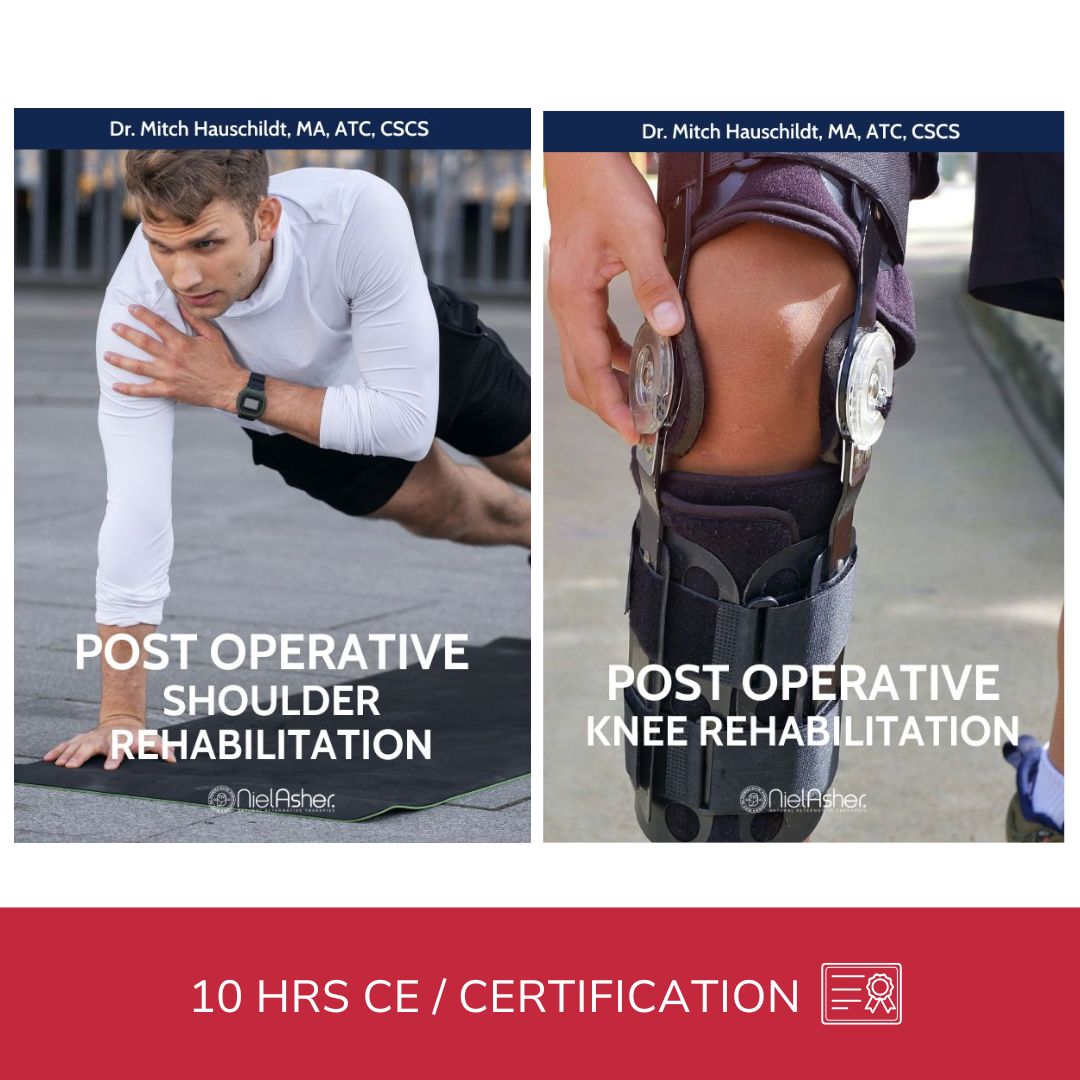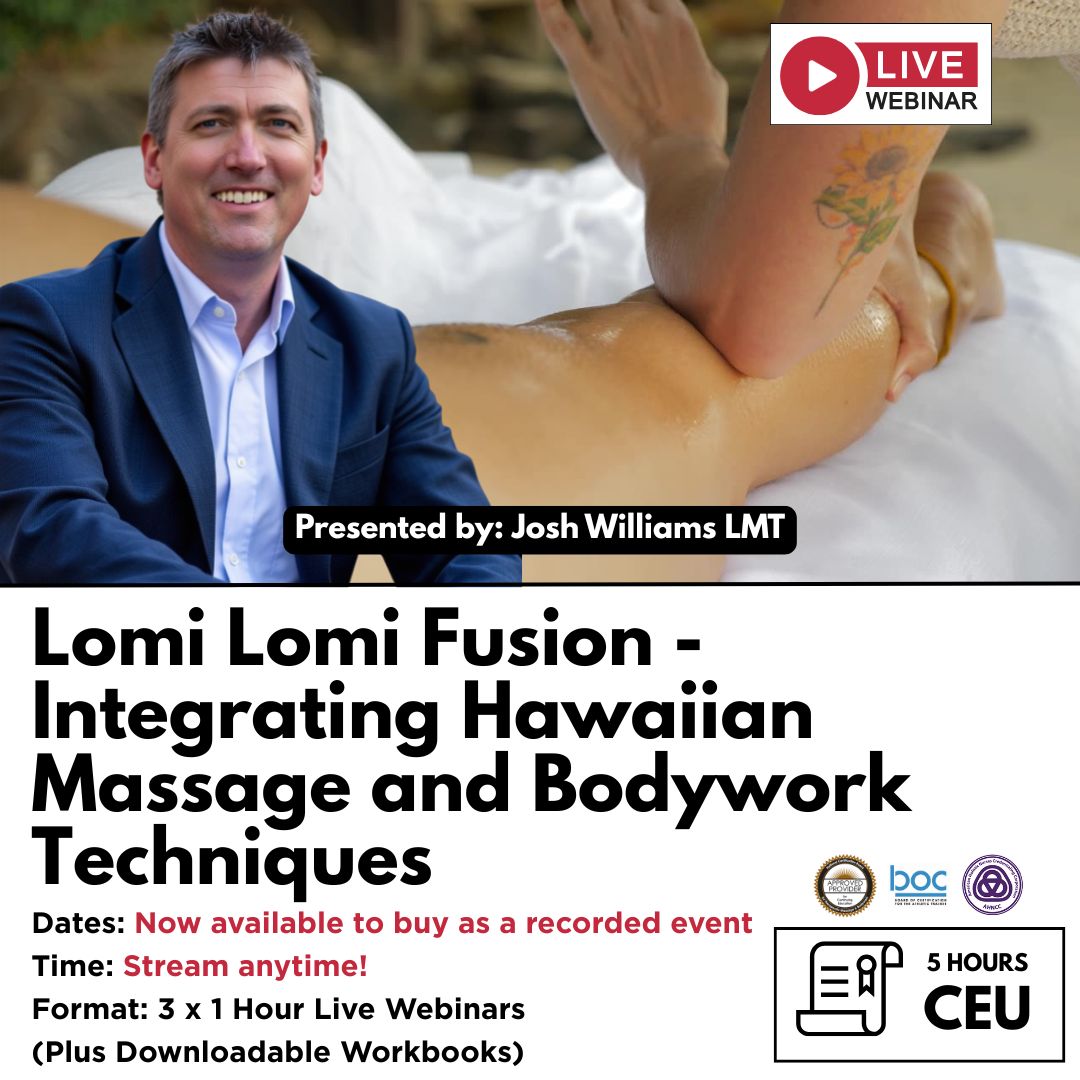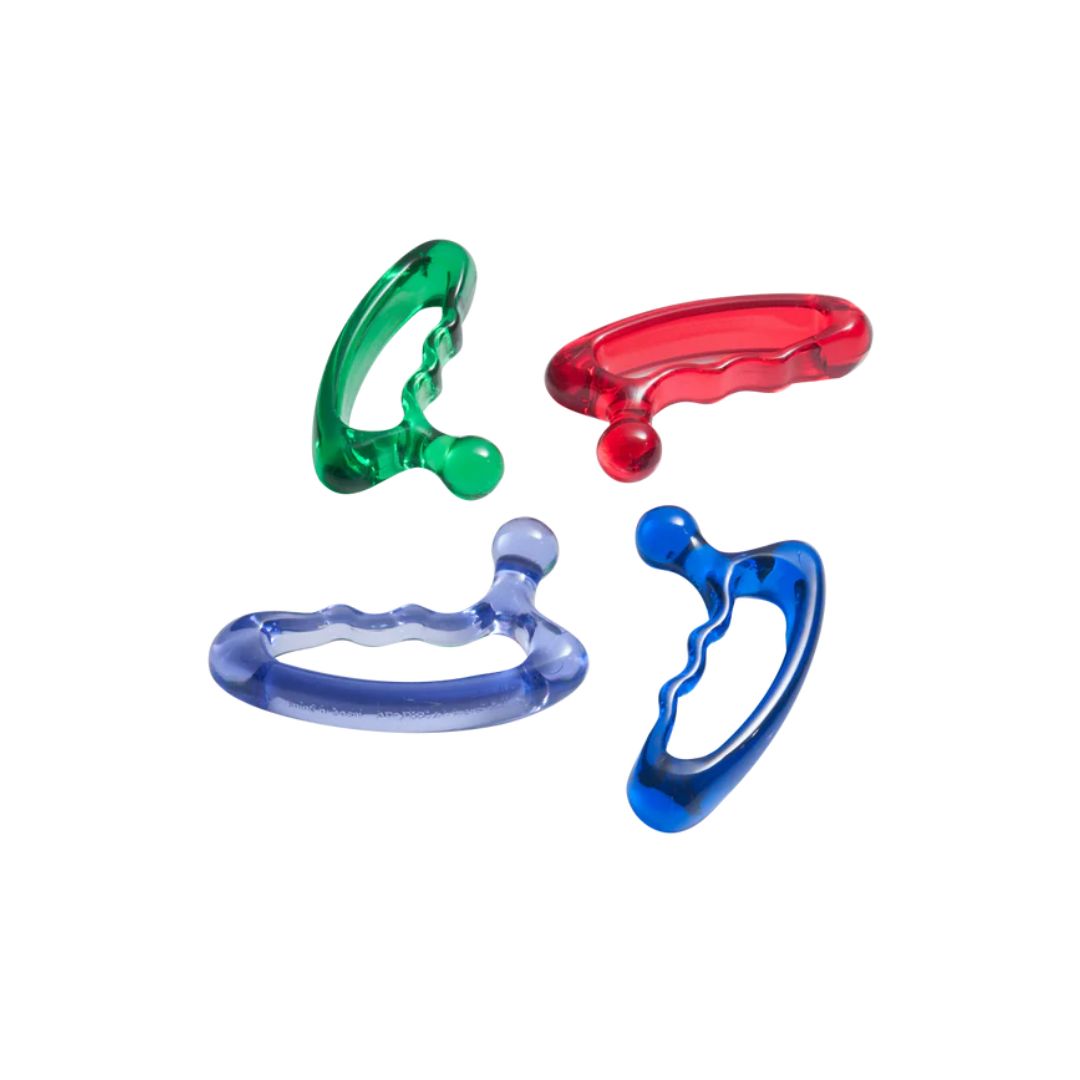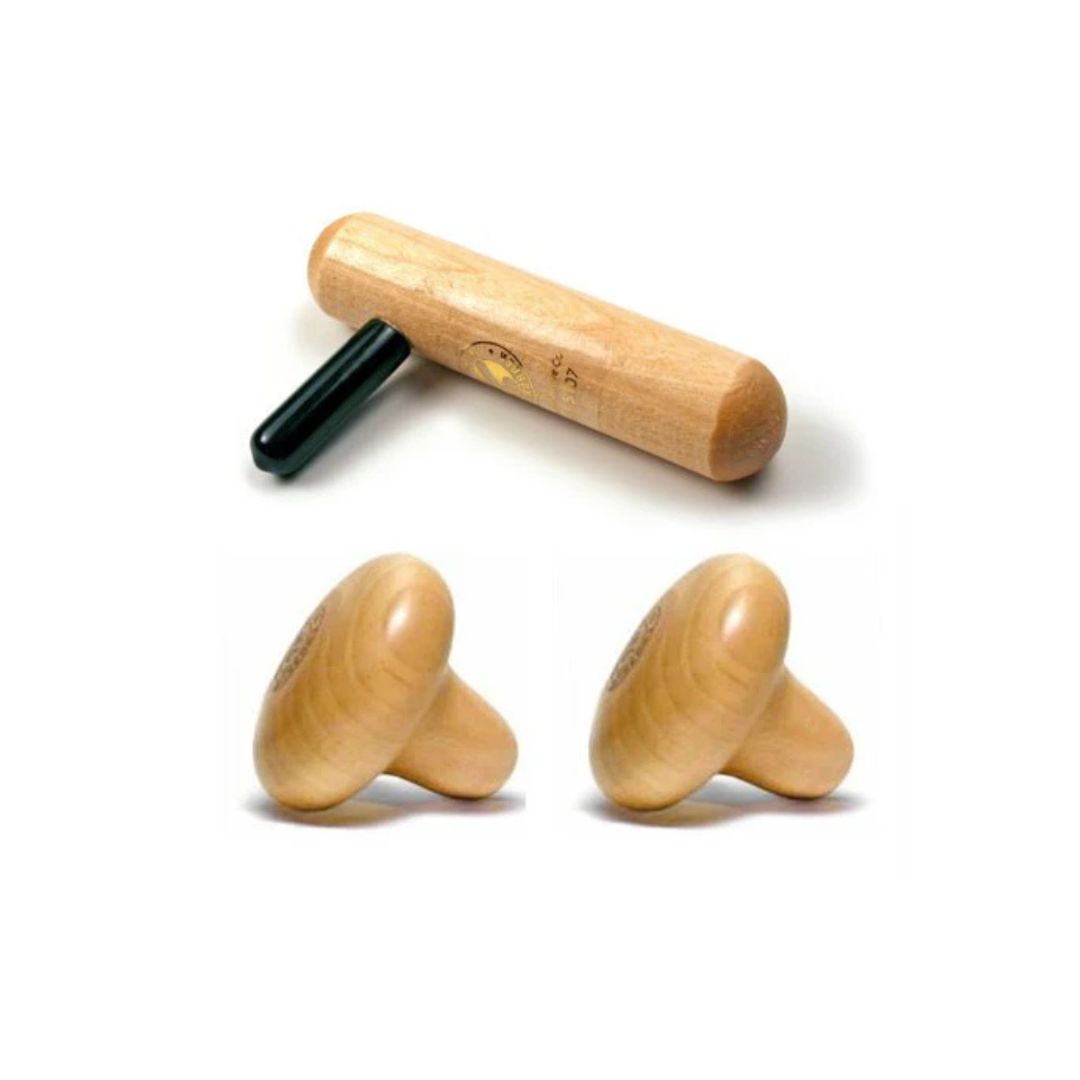Standing Extension

Technique:
- Stand straight with your hand behind your hips with your fingers facing down
- Push your hands into your pelvis so that your lower back arches
- Don’t use your lower back muscles
How Often?
This exercise can be done 6-8 times, 2-3 times per day
EDUCATION MEMBERSHIP PLANS
UNLIMITED ACCESS
FROM $19.95/monthly

Continuing Professional Education
Looking for Massage Therapy CEUs, PT and ATC continuing education, chiropractic CE, or advanced manual therapy training? Explore our evidence-based online courses designed for hands-on professionals.



















